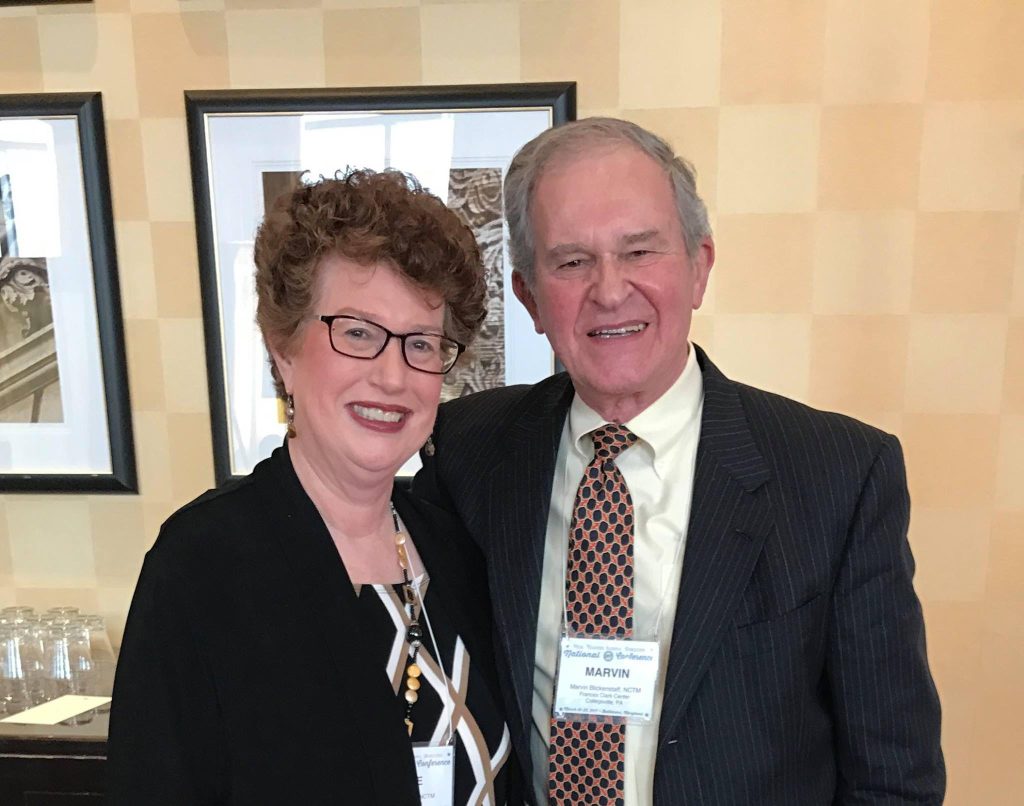We would like to thank Jane Magrath for this insightful article. Want to learn more about teaching piano technique? Join us on Wednesday, April 17th at 11:00am ET for our latest webinar, Foundations on Technique, with Julie Hague and Alejandro Cremaschi, host. To learn more and register, click here.

The first years of piano study are critical ones for developing technique in the young student. The extent to which various elements of playing are developed in the early years should be greatly expanded.
Central to the development of technique in the very first year is the establishment of a good hand position and the establishment of the ability to move freely about the keyboard. Equally important is the development of control of the large playing units-upper arm, forearm, and wrist-then moving to the smaller units in the hand.
How should these principles for the first year be extended over several years of piano study? Surely proficient technique involves most importantly the ability to control sound and tone as well as the ability to move quickly. The establishment of a proficient technique also involves the ability to playa series of patterns commonly found in piano music in a variety of combinations. Pianists at all levels concentrate heavily on the playing of scales, arpeggios, and chords (as well as double notes, octaves, trills and so on).
What do we teach, then, in the early years? Many teachers begin to prepare students to play scales using five-finger pattern exercises played in all keys. Some also use selections from,a wealth of classical etudes that rely heavily on passagework for developing finger facility in scale passages. The playing of arpeggios is often first prepared by the playing of broken chord patterns in hand-over-hand fashion. Other miscellaneous aspects of technique essential at this level, such as expansions-contractions of the hand, are taught through teacher-devised exercises or through various technique books.
Unfortunately, it seems rare for many students in the second through fourth years to extend chord playing beyond the playing of the common-I N6/4 I V6/5 I-chord activity in various keys. Chord inversions, for example, both blocked and broken, need to be carefully prepared and presented to students. The playing of triads up and down the keyboard (in the various registers) with facility is essential. Students need to practice, even at the earliest levels, voicing chords in various ways-balancing between the hands, of course, but also voicing the various notes of a chord within a hand for projection. Students should learn to play various chords and inversions after a bass octave to prepare for the “oom-pah-pah” accompaniments of many pieces in the intermediate repertoire. Finally, students need to experience the shape and feel of dominant and diminished seventh chords in all positions, and develop a natural feeling for these chords that become so important in intermediate literature. The facile playing of chords is an essential and often-overIooked aspect of playing.
All in all, we focus well on the what that is taught for technique (such as which chord patterns or which scale patterns or which etude books are used). Should we not be focusing more on how the technique is taught? At all levels, goals for technical concepts should concern quality of sound, the focus on the correct hand position and use of the fingers, the production of sound from the correct source, the correct physical motion in moving to a chord, and so on. To achieve a fully developed technique, it is essential that the pedagogical focus be primarily on how the sounds and gestures are produced and on listening perceptively to evaluate success. Technical development is most effectively, but not exclusively, transmitted through meaningful hands-on experience: private and group piano lessons, participation in and observation of master classes, observation of video tapes and live performances, analysis and listening in individual practice, and through observation/trial at workshops. (Recall how difficult it is to read a technique book on physical gestures.)
We hope you enjoyed this excerpt about Jane Magrath’s approach to technique for beginning and intermediate students. Read the full article including additional thoughts by Scott McBride Smith, Miyoko Nakaya Lotto, and Louise Savage by clicking here.
MORE ON TECHNIQUE
- WEBINAR: From Rote to Note, Book 2: Late Elementary to Early Intermediate Piano Studies that Reinforce Theory and Technique with E. L. Lancaster and Omar Roy
- WEBINAR: Intermediate Students: Technique and Practice Strategies with Dr. Jane Magrath and Dr. Pamela D. Pike
- COURSE: Technique through Repertoire
- COURSE: Microcourse: Teaching Piano Skills
- VIDEO: Technique Q&A with Marvin Blickenstaff
- MAGAZINE ARTICLE: Teaching Contemporary Piano Techniques to Intermediate Piano Students with Alexina Louie’s Star Light, Star Bright by Lynn Worcester Jones
- MAGAZINE ARTICLE: Let’s Get Physical: Technique by Scott McBride Smith